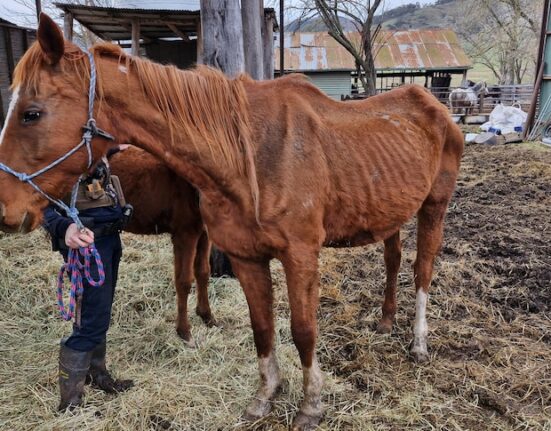Imagine a time when Australia was not the bustling continent we know today, but a vast, untouched wilderness. Now, picture a discovery that challenges our understanding of human history in this ancient land. Recently, a study on Neanderthal DNA has sparked debate among experts, suggesting that the timeline of human occupation in Australia might be much older than previously thought. However, as with any groundbreaking research, not all voices in the scientific community are in agreement.
To delve into this intriguing topic, let’s explore the context surrounding the debate. For decades, researchers have pieced together the puzzle of human migration and settlement patterns around the globe. Australia, with its unique geography and isolation, has been a focal point of study, offering insights into early human movements and adaptations to new environments. The prevailing belief was that humans arrived on the continent approximately 65,000 years ago, marking a significant chapter in our evolutionary journey.
Enter the recent study that has sent shockwaves through the archaeological community. By analyzing Neanderthal DNA, researchers have proposed a radical shift in the timeline of human presence in Australia. The implications are profound, potentially rewriting the narrative of how and when our ancestors first set foot on this ancient land. This revelation has ignited a fervent discussion among experts, with opinions divided on the validity and impact of this new research.
As one researcher eloquently puts it, “The study challenges not just established timelines but our fundamental understanding of human migration and interaction with Neanderthals.”
In the world of science, debates are not uncommon, and conflicting viewpoints often lead to deeper insights and breakthroughs. The skepticism surrounding the Neanderthal DNA study highlights the rigorous scrutiny that novel ideas face in the quest for scientific truth. While some experts view the findings as a paradigm shift, others raise valid questions about the methodology, sample size, and potential biases that could influence the results.
One expert cautions, “We must approach this study with a critical eye, considering all factors that may impact the interpretation of genetic data.”
Beyond the academic discourse, the broader implications of this research reverberate across disciplines and spark curiosity among the general public. The idea that our ancestors might have walked the Australian landscape tens of thousands of years earlier challenges our perceptions of human capabilities and resilience in adapting to diverse environments. It invites us to rethink the timelines of our shared history and reflect on the interconnectedness of ancient populations across continents.
Community members express a mix of excitement and skepticism, with one commenter noting, “It’s fascinating to witness how science continually reshapes our understanding of the past, pushing the boundaries of what we thought was possible.”
As the debate unfolds and experts delve deeper into the implications of the Neanderthal DNA study, one thing remains certain: the pursuit of knowledge is a dynamic journey filled with twists and turns. While we may not have all the answers today, each discovery propels us closer to unraveling the mysteries of our origins and shaping a more nuanced narrative of human history. The discourse sparked by this research serves as a testament to the ever-evolving nature of science and the enduring quest for truth in understanding our place in the world.
In conclusion, the debate over the Neanderthal DNA study and its implications for the timeline of human occupation in Australia encapsulates the essence of scientific inquiry: a vibrant exchange of ideas, challenges to established beliefs, and the relentless pursuit of knowledge. Whether this research ultimately stands the test of time or undergoes further scrutiny, it serves as a poignant reminder that our understanding of the past is a tapestry woven from diverse perspectives, each thread contributing to a richer, more intricate narrative of our shared human story.









Leave feedback about this